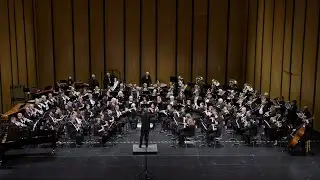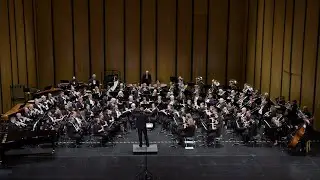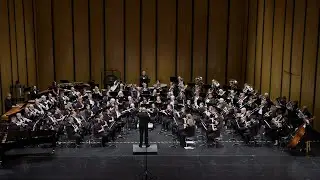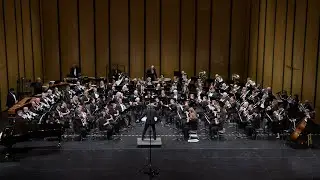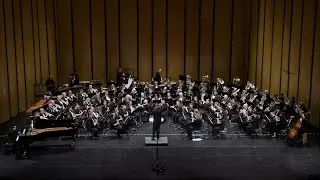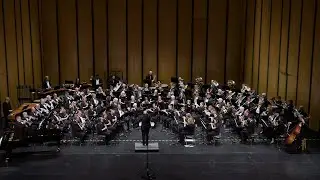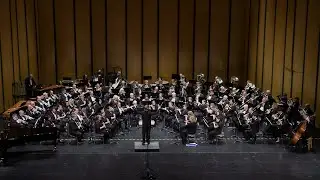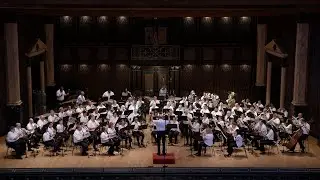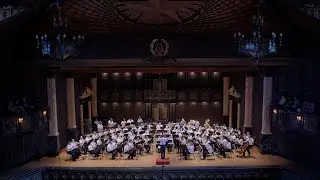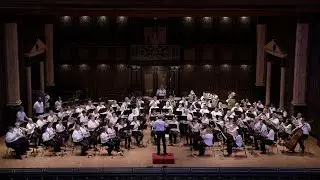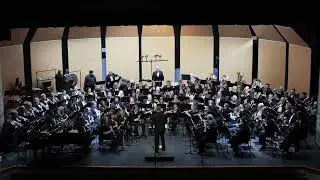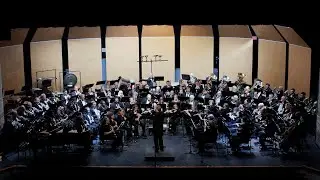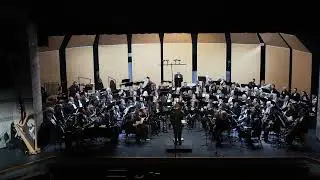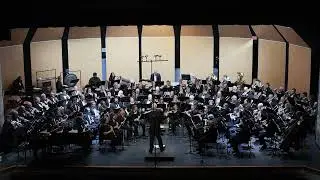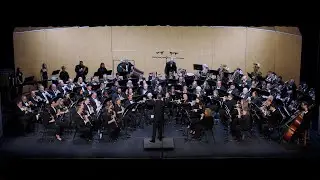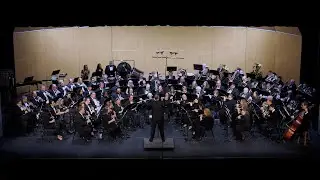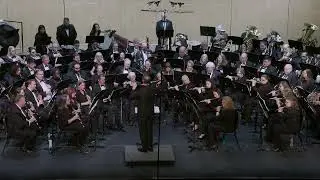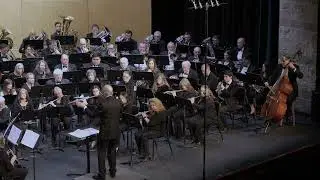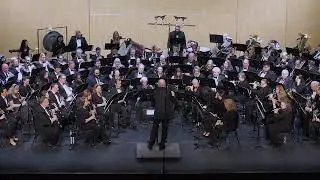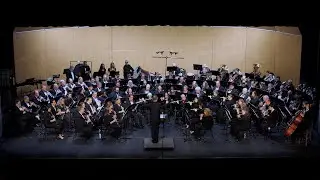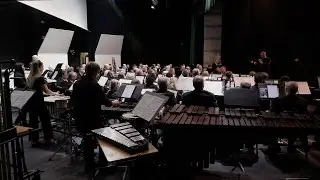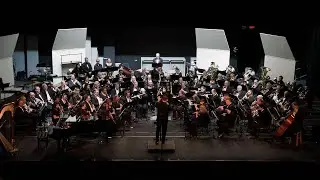Austin Symphonic Band Performing New Wade’n Water
Austin Symphonic Band ( https://austinsymphonicband.org/ ). April 14, 2024. ASB performing New Wade’n Water by Adolphus Hailstork. [NOTE: Click 'more' to read the program notes.] Music Director Dr. Kyle R. Glaser conducting. "Old, New, Borrowed, Blue" concert at the Connally HS Performing Arts Center in Austin, TX.
Austin Symphonic Band depends on the financial support of viewers like you. Visit https://austinsymphonicband.org/donate
Attend the next Austin Symphonic Band concert! Visit https://austinsymphonicband.org
Video and Sound Production: Eddie Jennings
From the program notes written by David Cross:
New Wade’n Water (2002)
Adolphus Hailstork (b. 1941)
Wade in the Water was first sung by African Americans in slavery. The lyrics were first published in 1901 in New Jubilee Songs as Sung by the Fisk Jubilee Singers.
Wade in the water.
Wade in the water, children.
Wade in the water.
God’s gonna trouble the water.
It is generally believed that Wade in the Water was one of the “sorrow songs” associated with the Underground Railroad—a network of secret routes and safe houses used by slaves in the United States to find freedom.
Harriet Tubman, who helped free more than 70 people, used this song to warn slaves to get off the trail and into the water to prevent dogs—used by the slavers—from finding them.
Composer Dr. Hailstork describes spirituals in this way, “You know, music is comforting for some and for some other people it’s awakening. I’m gonna have no interest in lulling people to sleep. I mean, after all, I’m a concert composer, which means you have to grab their attention, keep their attention and provide an ultimate goal that made it worth their while to sit there. A lot of my music is program music, and so, they need to think about the program a little bit. You know, since I grew up as a boy in that cathedral and singing, every time you sang an anthem, there was a subject. You know, if you heard a sermon, there’s a subject. So, there’s a point to this musical utterance, and what is the point? And can it influence you to think about things?”
Listen for:
• Many shifts in time signatures with unsettling measures of 3/8 throughout.
• Presentation of the theme with angular rhythmic accompaniment.








